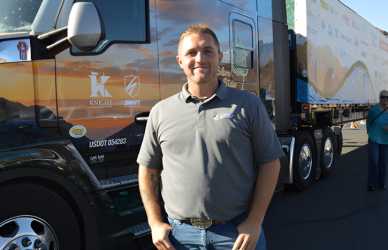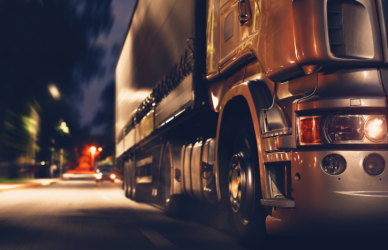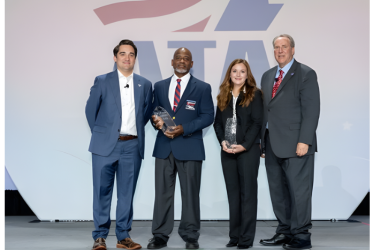Along the winding course of a three-lane testing ground adjacent to the Monongahela River, an eighteen-wheeled tractor-trailer navigated a curve without anyone in the driver’s seat. Approximately a quarter mile ahead, the truck’s array of sensors detected obstacles: a trash can obstructing one lane and a tire impeding another. In a fraction of a second, the system swiftly signaled, guiding the vehicle into an unobstructed lane, seamlessly bypassing the hindrances.
This self-driving semi, equipped with a sophisticated suite of 25 laser, radar, and camera sensors, is the product of Aurora Innovation, a Pittsburgh-based company. By the latter part of this year, Aurora intends to commence freight transportation operations along Interstate 45, connecting the Dallas and Houston regions, employing a fleet of 20 driverless trucks.
“We want to be out there with thousands or tens of thousands of trucks on the road,” said Chris Urmson, Aurora’s CEO and formerly head of Google’s autonomous vehicle operations. “And to do that, we have to be safe. It’s the only way that the public will accept it. Frankly, it’s the only way our customers will accept it.”
The primary objective of these trucks is to enhance the efficiency of goods transportation, expediting delivery schedules and potentially reducing operational costs. Additionally, these trucks will cover shorter distances on secondary routes.
Supporters of this technology assert that autonomous trucks will also contribute to fuel savings, as they maintain continuous operation without the need for breaks and adhere to consistent speeds.
Nevertheless, the concept of a fully loaded, 80,000-pound driverless truck maneuvering amongst traffic on a major highway at speeds exceeding 65 mph does evoke apprehension in many. A recent AAA poll revealed that a significant majority of Americans, 66%, express worry about autonomous vehicles.
Despite companies’ assurances regarding safety, skeptics, including safety advocates, express concerns about the lack of stringent federal regulations governing autonomous trucks. They argue that companies are largely responsible for ascertaining the safety thresholds for deploying driverless trucks.
Phillip Koopman, a Carnegie Mellon professor who specializes in vehicle automation safety, is most concerned about the minute computerized elements of these trucks and their safety engineering capabilities in real-world situations.
“Everything I see indicates they’re trying to do the right thing,” he said. “But the devil is in the details.”
Companies like Aurora maintain that years of rigorous testing validate the safety of their autonomous trucks.
“If we put a vehicle on the road that isn’t sufficiently safe — that we aren’t confident in the safety of — then it kills everything else,” Urmson said.
Experts predict that instead of automated trucks becoming the norm, they will serve to complement human drivers, not replace them.
“If you’re driving a truck today,” Urmson said, “my expectation is you’re going to be able to retire driving a truck.”
Source: The Trucker











